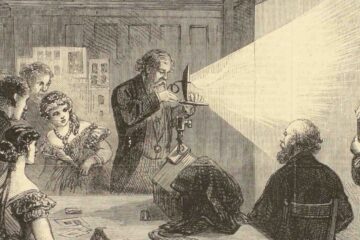
The NEH Public Scholar program, an initiative from the National Endowment for the Humanities, is designed to promote the publication of scholarly nonfiction books for a general audience. On July 29, 2015, I received a grant worth $50,400 to support research for a new project, provisionally titled Caught on Camera: A History of Photographic Detection and Evasion.
The project is showing how humanities can shed light on a topic of current debate: the nature and significance of new facial recognition systems, a topic that places recent controversies over the expansion of biometrics into the longer cultural history of resemblance and photographic portraiture. My research is exploring the historical transformation of photographic detection and surveillance from the early 19th century to the present, spanning photography’s early uses in the capture of facial likenesses, when photography was first introduced as a tool of empowerment and surveillance, to its 20th century expansion via the biometrics industry, to police and corporate use of facial recognition technologies today.

0 Comments